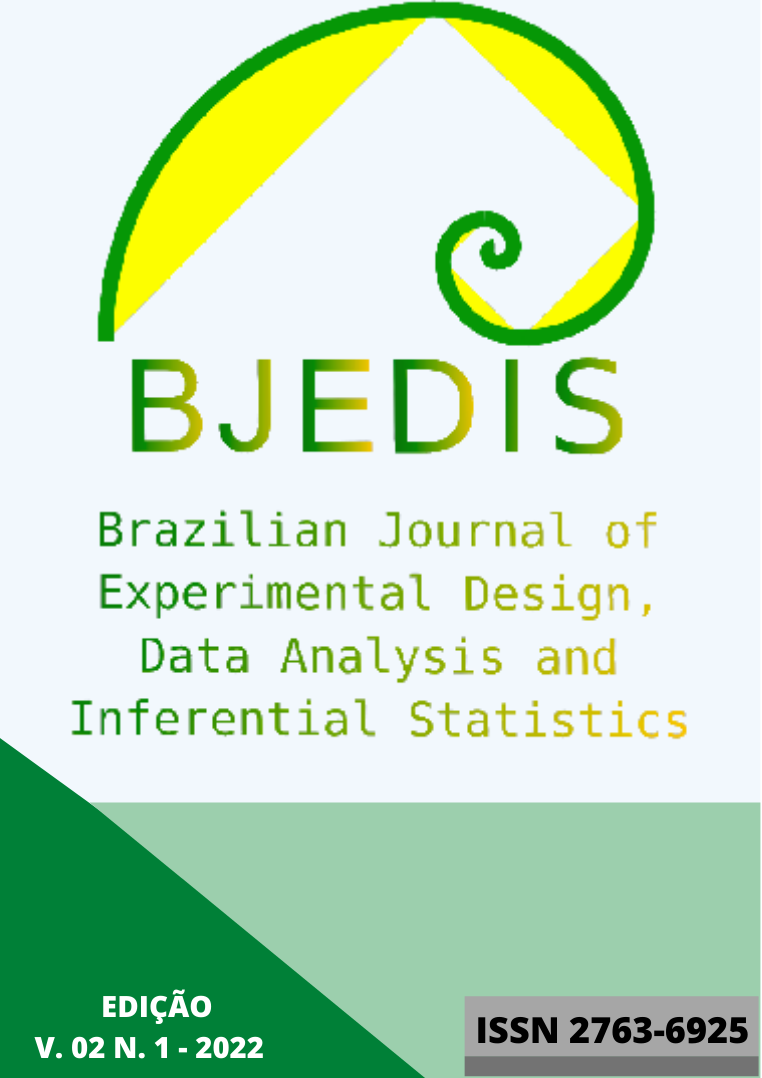Nanomaterials improving CO 2 removal efficiency in membranes: A systematic review
DOI:
https://doi.org/10.55747/bjedis.v2i1.52465Abstract
Separation processes with membranes stand out in applications for removing CO 2 from gaseous mixtures due to industrial, environmental and energy demands. The membrane must then be designed to allow high gas flow, high selectivity and chemical and mechanical stability under operating conditions of feed composition, pressure and temperature. Hybrid materials based on carbon materials - carbon nanotubes and graphene oxide - and polymers - cellulose acetate, polyamide, polyimide and polyether block amide - are presented as new types of studied membranes that present promising results in gas separation. An attempt to study a systematic analysis was carried out and despite not achieving adequate results in the literature, it is possible to infer a potential application of carbon nanotubes and graphene oxide in polymeric matrix as nanofillers that improve CO 2 removal.
Downloads
Downloads
Published
Issue
Section
License
AUTHORS’ DECLARATION AND COPYRIGHT TRANSFER AGREEMENT
The undersigned authors hereby declare that the submitted manuscript is an original work and has not been previously published or submitted, in whole or in part, to any other journal. The authors further commit not to submit this work to any other journal while it is under consideration by BJEDIS.
We affirm that the manuscript is free from plagiarism, and we accept full responsibility for any allegations of academic misconduct that may arise.
By submitting this manuscript, the authors irrevocably transfer all copyrights of the work—including, without limitation, the rights of reproduction, distribution, translation, and public communication in any form or medium—to BJEDIS. Any breach of this agreement may result in legal action in accordance with the Brazilian Copyright Law (Law No. 9.610 of February 19, 1998).
The authors also declare that there are no conflicts of interest related to this work. All sources of financial support have been properly acknowledged in the funding section of the manuscript.



